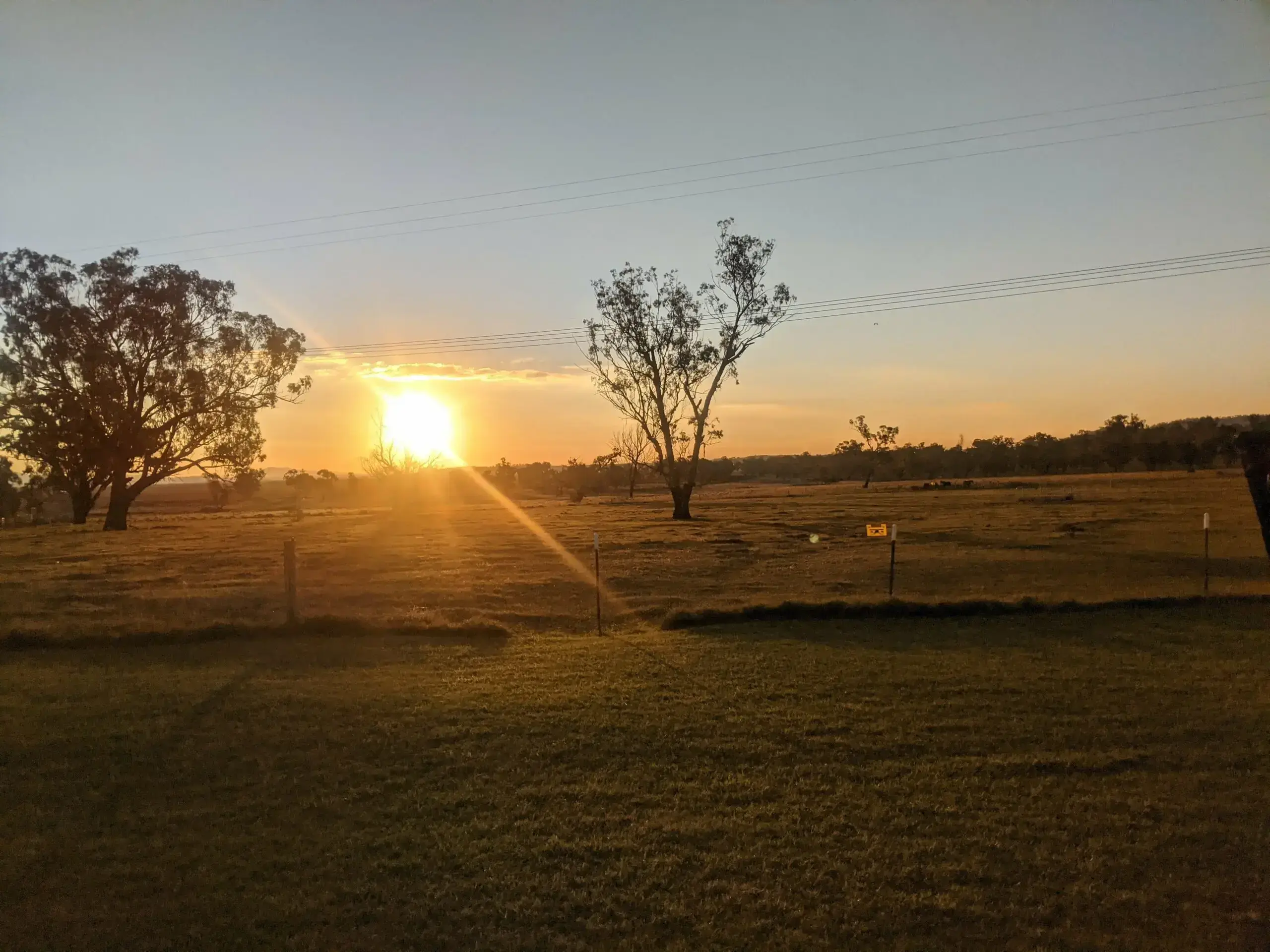On the 13th May a team from Soils for Life visited Windy Station Woolshed near Pine Ridge NSW for an important event. A crisp morning in the historic Windy Station Woolshed saw attendees rugged up and ready for an action-packed day. Hosted by Upper Mooki Landcare Inc and North West Local Land Services, Creating Resilient Landscapes to Secure our Farming Future featured presentations, films and resources designed to build the knowledge and capacity of landholders.
At its heart the event was a celebration of the highly successful Upper Mooki Rehydration Project. The Rehydration Project has been collaborative effort across the Upper Mooki Catchment, supported by North West Local Land Services, with funding from the NSW government’s Catchment Action NSW and the Australian Government’s National Landcare Program.
The day started with an acknowledgement of country from Jason Allan, CEO of Walhallow Local Aboriginal Land Council. Charlie Arnott kicked off the presentations by providing some food for thought to attendees saying: “Nature is my business partner, if I was nature would I want to be in this partnership?” This set the scene for the day’s proceedings.
First up we heard a little about the project from landholders. The project brought together 11 Liverpool Plains landholders on 13 properties across 28,000 hectares, implementing a range of strategies to support landscape rehydration, resilience and regeneration. Many of the participating landholders shared their experience and the strategies they implemented. This included fencing out waterways, conducting earthworks such as swales, contour banks and ‘leaky dams’ to slow and clam water flows and changes to cropping and grazing practices and revegetation to increase groundcover.
It is collaborative effort that has made the project such a great success in building the knowledge and capacity of landholders. It was great to see two past Soils for Life case study participants (Rothesay and Tallawang) involved in the Rehydration Project, continuing on their journey towards resilient landscapes. Craig Carter from Tallawang highlighted that it’s not just about slowing down water, but also increasing soil carbon to increase the water holding capacity of soils.
By the second round of presentations the woodshed started to gain some heat, and it was great to hear from landholders further downstream on their experience implementing regenerative strategies across a diverse range of farming enterprises including broadacre dryland cropping, livestock, mixed farming and irrigation operations.
From the landholders present, it was evident that there was no one size fit all approach to regenerating landscapes. Regardless of the farming operation the importance of maintaining ground cover was front and centre. Cropper Ian Carter from Quirindi observed that “Best practice is the best of where we are at any point in time which may or may not be sustainable” while mixed farmer Rodger Sendall had a simple principle ‘’We need to keep green plants growing as much of the time as possible” this has resulted in a significant reduction in the use of herbicides and fertiliser within his cropping operation.
The extended reach and implication this project had on the wider community was evident, with landholders present from beyond the catchment and across the range of agricultural enterprises in the southern Liverpool Plains. It was a highly successful project and event, highlighting the importance of collaborative learning and developing support networks to achieve change.
We hope to attend more events like this in the future, so please let us know if there is something happening in your area!





